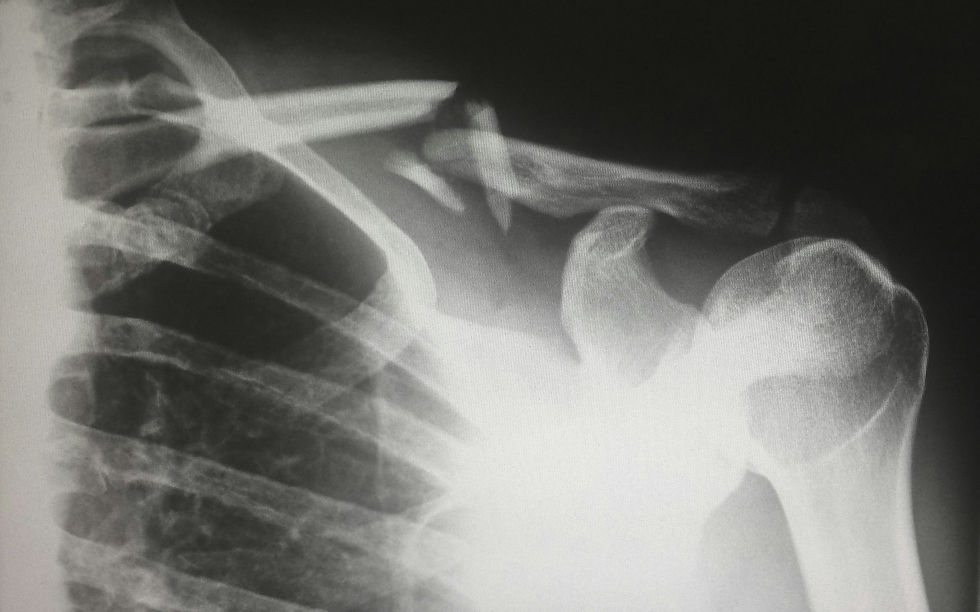Dinosaurs Are Everywhere
- marketingc8
- Mar 13
- 2 min read
Suddenly, dinosaurs are everywhere.
At least, their tracks.
(Probably good thing that it’s not the actual animals.)
Last August, researchers found matching dinosaur footprints separated by the Atlantic Ocean. Yes, one set of footprints was located in Brazil (South America) and the other was located in Cameroon (Africa). Distance between footprints? About 3,700 miles.
Not just a couple of footprints, but 260 of them that show where the dinosaurs were able to freely roam before the two continents split apart.
“We determined that in terms of age, these footprints were similar,” said SMU researcher Louis L. Jacobs in an SMU article here. “In their geological and plate tectonic contexts, they were also similar. In terms of their shapes, they are almost identical.”

The tracks were made 120 million years ago. The prints suggest the tracks were left behind from a three-toed theropod dinosaurs. A few tracks in the mud were also likely made by sauropods or ornithischians.
In our humble opinion, that’s a kind of mind-blowing discovery—that the evidence of those dinosaurs strolling about withstood the tectonic forces that separated South American from Africa and remained intact for today’s scientists to be able to tell that story.
Come with us now to the recently discovered “Dinosaur Highway” in a quarry in Oxfordshire, England.
This is the largest collection of dinosaur footprints ever discovered in England and date back to 160 million years ago. The discovery in the summer of 2024 found five extensive trackways, with the longest stretching for more than 150 meters. Scientists have connected the tracks to a herbivorous sauropod, most likely Cetiosaurus, and a ferocious carnivore known as Megalosaurus.
The scale is amazing! Check out the drone footage of those tracks here.
Why should we care?
Well, we humans and all our glorious anatomy share a common ancestor with these dinosaurs, the freshwater, lobe-finned fish that lived about 398 million years ago. Also, our human ancestors coexisted with these creatures around 66 million years ago. And studying dinosaurs, as the SMU discovery above demonstrates, helps us develop evolutionary theory today and to better understand such scientific concepts as plate tectonics.
Seen a chicken lately? Or eaten one? Chickens are direct descendants of avian dinosaurs.
And, finally, the fossil record helps illustrate how changing climates and episodes of extinction have altered the course of Earth’s history.
And that history continues to be uncovered … and continues to be written.
.
.
.
.




Comments